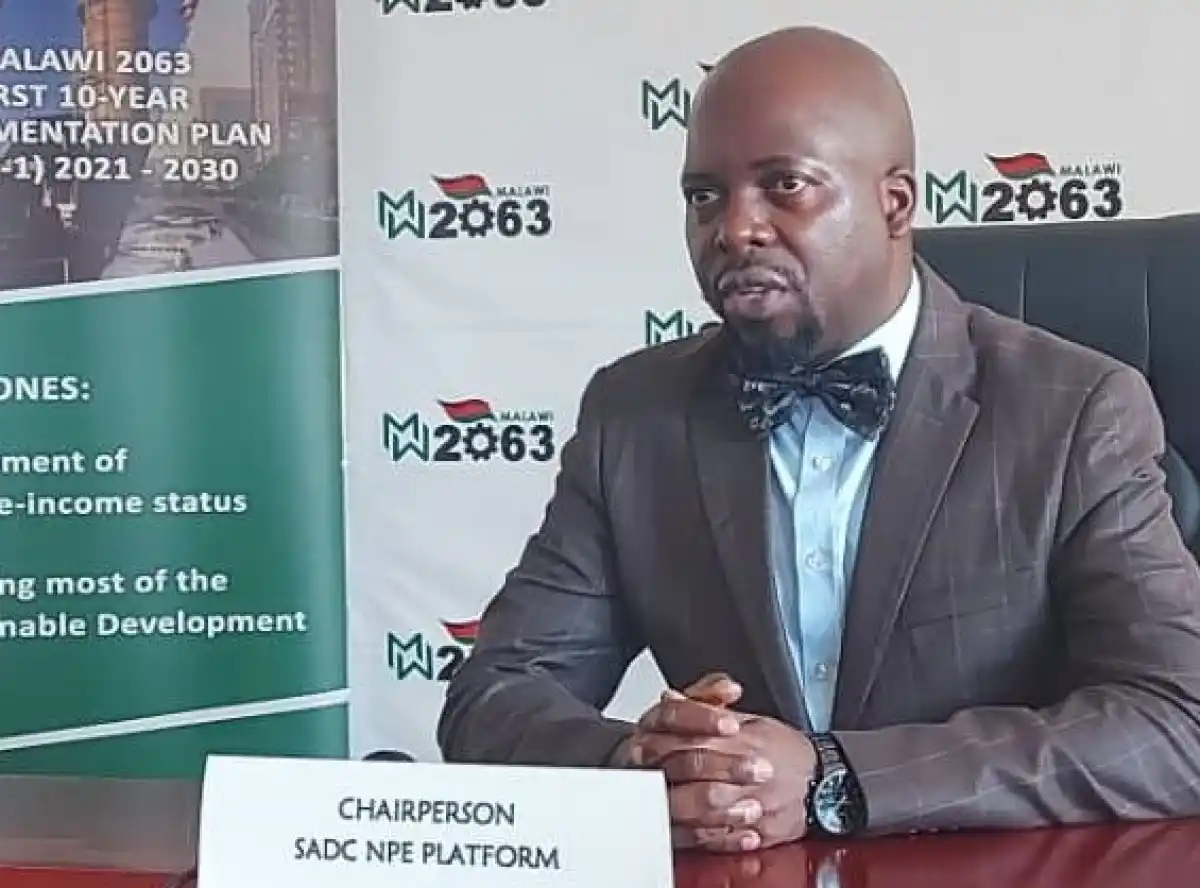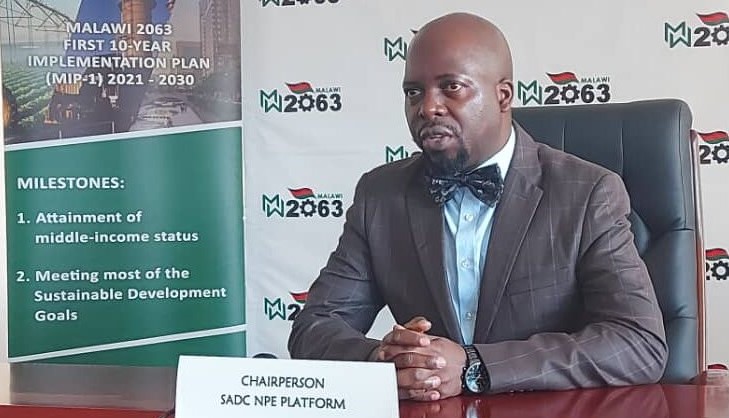
National Planning Commission (NPC) has reported 43 percent progress in the roll-out of the First 10-year Implementation Plan (MIP-1) of Malawi 2063 (MW2063) catalytic interventions.
The 43 percent progress is more than double the previous rating of 20 percent, according to NPC board chairperson Richard Mkandawire who said the improvements should build optimism among Malawians.
But speaking during the launch of the report in Lilongwe yesterday, he reiterated that at the current pace of economic growth, MW2063, the country’s long-term development strategy, will face a 15-year lag before the country can achieve the MIP-1 aspiration of becoming a lower middle income economy by 2030.
NPC estimates that for Malawi to meet the 2030 goals, the economy needs to grow by an average of 10.6 percent in the next five years.

Said Mkandawire: “Time waits for no one, we need to act now. It is for this reason that NPC is committed to working with all development players to achieve the Malawi 2063 vision.
“We will continue to engage the government, private sector, NGOs, CSOs and individuals to get to the Malawi we want.”
Besides economic shocks such as the cyclones, other causes of the slow pace include high debt burden that has narrowed the country’s fiscal space, misalignment of national budgets to MIP-1 and slow pace by the public sector to actualise key interventions.
In his presentation on the report, NPC director general Thomas Chataghalala Munthali highlighted some progress on the catalytic interventions made to date.
He cited the re-establishment of Malawi Development Corporation, a mining company, the launch of industrial parks, increased electricity output and human capital development following high enrolment rate, among others.
But the report still shows that many catalytic interventions are yet to be implemented or are lagging, raising concerns that failure to achieve interventions under MIP-1 could negatively affect MIP-2 roll-out.
Munthali said commercialising agriculture, private sector dynamism followed by economic infrastructure and mindset change enablers have the highest number of interventions that are yet to start.
In his contribution, NPC commissioner Phillip Madinga said there is hope to increase the pace of economic growth through the emerging mining sector once the projects being developed become operational.
“Let me take you back to the history. When we had just one mine, the Kayerekera Uranium and we had not started with the commercialisation of agriculture sector, the economy was able to grow by seven and eight percent,” he said.
Madinga, who is Standard Bank Malawi plc chief executive officer, said now that there are a number of mining projects being developed and some under negotiations it should give hope that the required 10.6 percent can be achieved.
The slow progress of the MIP-1, according to NPC, is affecting realisation of key Sustainable Development Goals (SDGs), citing food insecurity and lack of decent jobs as some goals the country is lagging behind on.
Recommendations in the report include the need to focus on wealth creation and self-reliance interventions, citing investment in productive sectors like large-scale mining, megafarms, agro-processing, tourism and manufacturing (ATM2) by incorporating manufacturing in the ATM strategy.
NPC has also recommended reprioritisation and focus on a few key interventions identified to have the greatest potential for wealth creation and strong linkages with other sectors for quick economic recovery.
Through MW2063, Malawi envisions to be “an inclusively wealthy and self-reliant nation” by 2063. The strategy is premised on three inter-related and inter-dependent pillars of agricultural productivity and commercialisation, resource-based industrialisation and urbanisation.






0 Comments